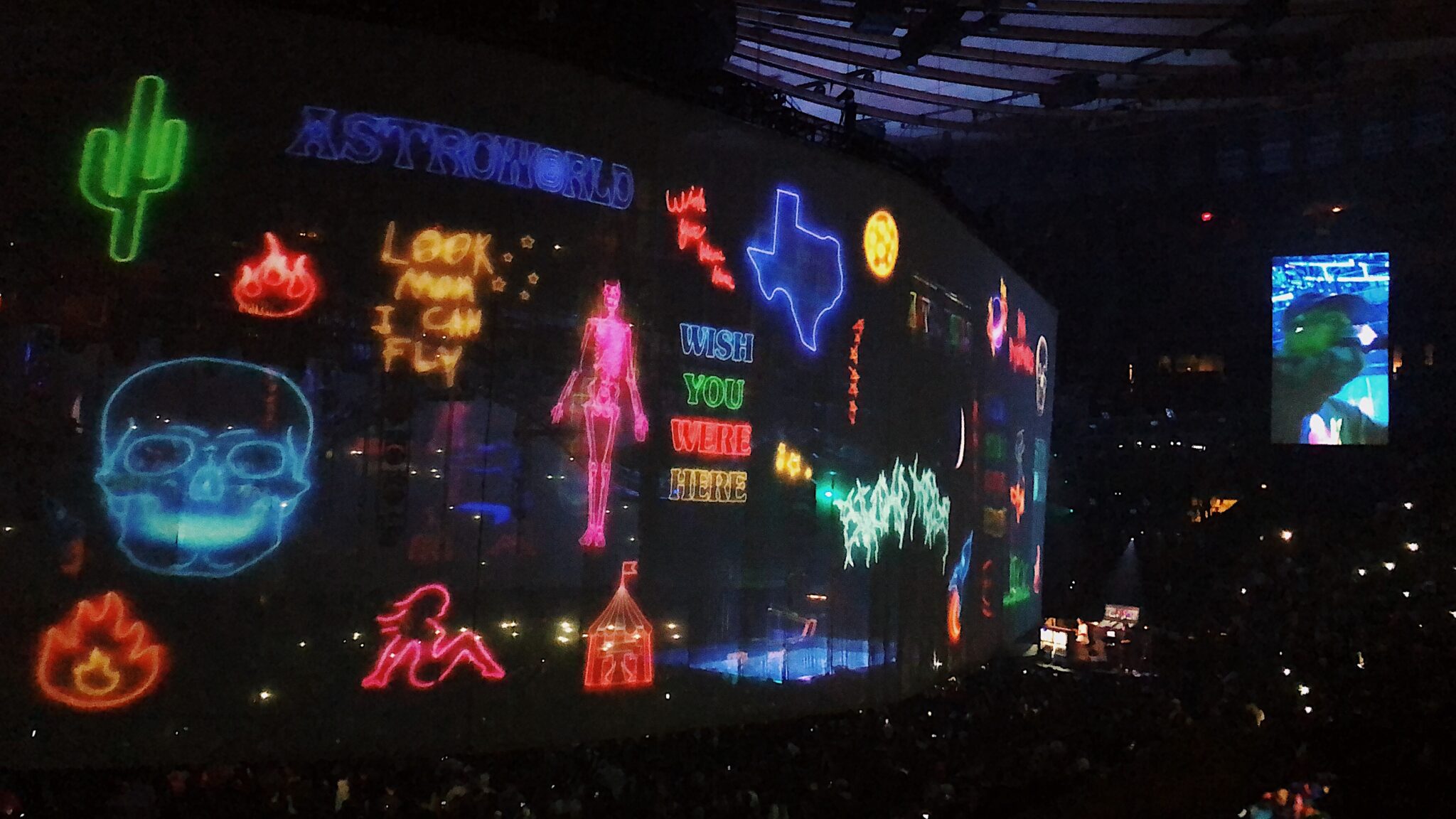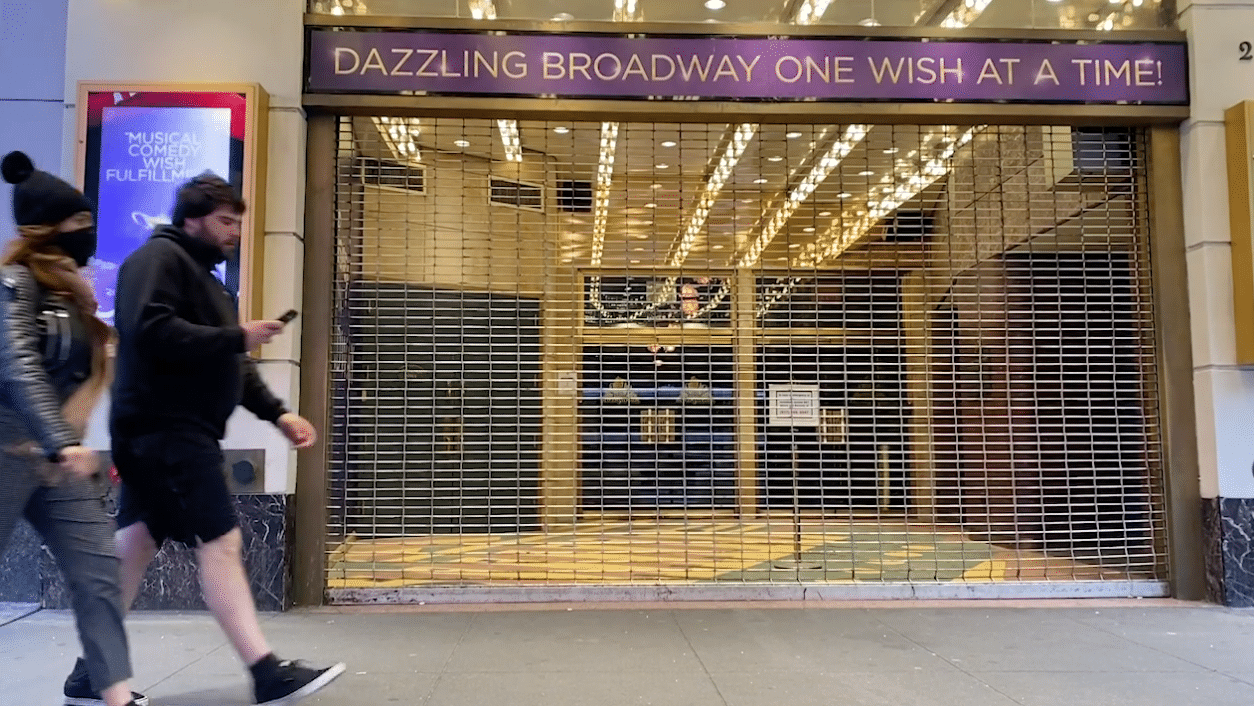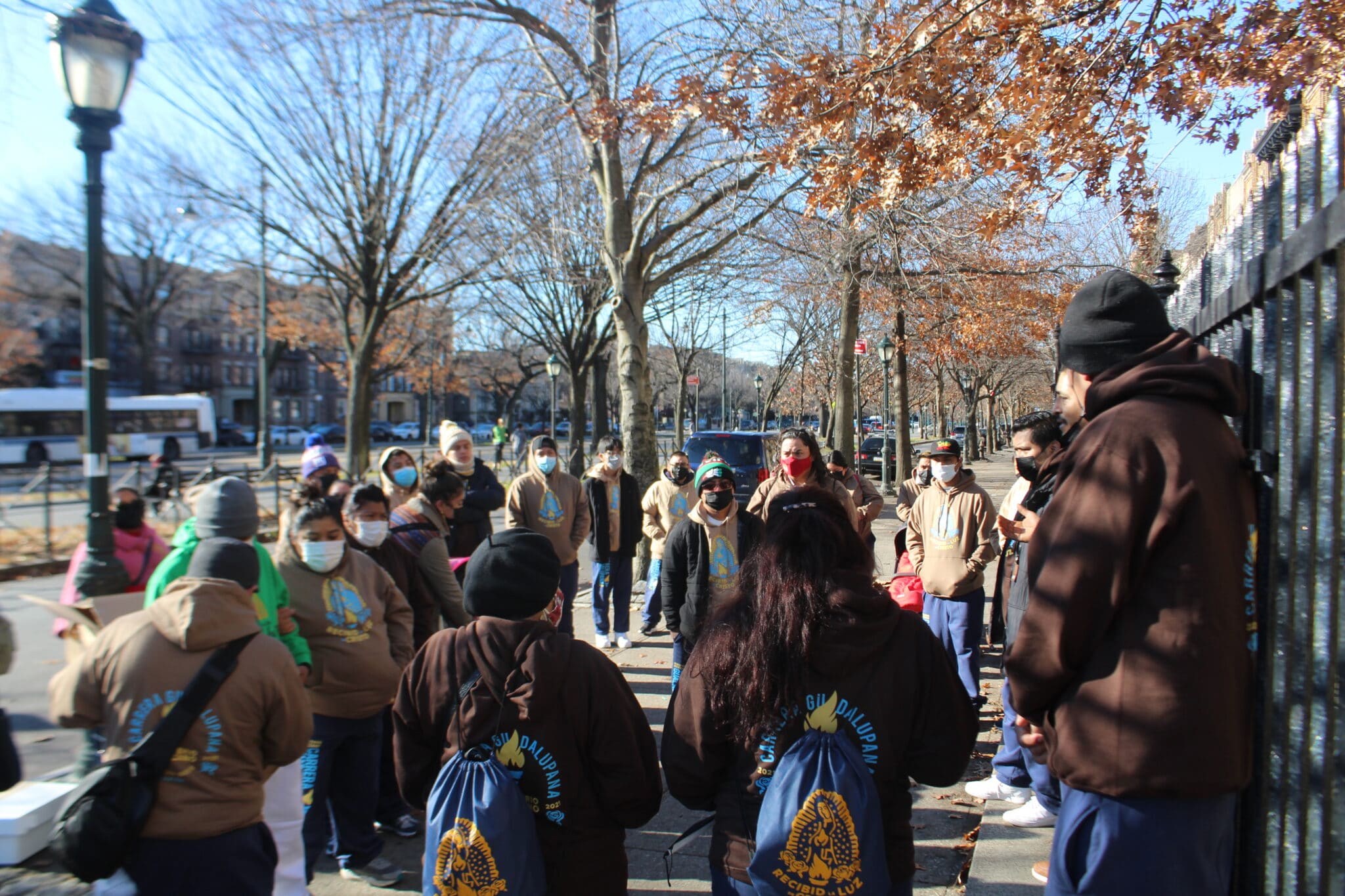Traffic is a constant in the Bronx neighborhoods that make up District 12. Photo by Tevin McKenzie
“It felt like the whole block was vibrating,” Roy Bartley said. The 71-year-old still remembers when he was jolted awake past two in the morning in his Baychester home by the deep, headache-inducing bass of a car stereo parked curbside. It made his window panes tremble on a summer night.
For Bartley, and many others in District 12 of the Bronx, sleepless nights like that are nothing new. Noise pollution in the area has reached a crisis point. The volume isn’t just persistent. It’s personal, affecting how residents sleep, focus, and live. The district has become a flashpoint of the city’s noise problem, and what it reveals about the push and pull between culture, commerce, and quality of life in New York. Health experts warn that unchecked urban noise can contribute to serious health risks like chronic stress and heart disease.
The deafening sounds are part of the environment now: car stereos, distant shouting, the occasional burst of fireworks. It raises the question of whether constant sounds are unwanted signs of disruption, or a reflection of a community that’s loud and very much alive. “It’s frustrating at times,” Bartley said, “But I’m getting to a point where sometimes I don’t even notice the noise.”
While the numbers suggest a neighborhood in constant chaos, the reality is more layered and not just in terms of volume, but in meaning. Some of the noise stems from cultural expression and community life, while other sounds reflect deeper issues of enforcement, infrastructure, and disruption.
Those risks come into sharper focus in District 12, where efforts to address the noise haven’t always matched its intensity.
In response to the broader citywide uptick in noise complaints, the City Council has introduced several bills aimed at strengthening enforcement. The proposed bill 763 would require officers to use sound meters during residential calls. Another bill aims to expand the types of violations that citizens can report through the city’s complaint system. However, many of these proposals continue to focus on commercial and construction-related noise. That leaves a gap when it comes to the residential and vehicle-based disturbances common in District 12. “We have to update our enforcement tools for the kinds of noise complaints New Yorkers are actually filing today, car stereos, parties, and loud music at all hours,” said Council Member James Gennaro during a City Council hearing on civilian noise enforcement held on September 18, 2024. Yet it is an open question whether these new efforts will actually meaningfully curb sound pollution in the Bronx.
In the Bronx, the city finds itself stuck between two imperatives. Political leaders want to preserve New York’s cultural richness, and they also want to address a growing public health concern. So far, no agency has figured out how to do both. Whether through new policy, community-led solutions, or creative compromises, Bronx District 12 may be where New York City learns how to live loudly and live well.
The district hasn’t always been the loudest place in New York City. Just a decade ago, neighborhoods like Baychester, Edenwald, and Wakefield rarely topped the list for noise complaints according to a 2018 report from the New York State Comptroller. The city’s noisiest areas at the time were largely in Manhattan and Brooklyn. Back then, complaints from this corner of the Bronx were relatively modest—especially compared to the buzz of nightlife districts like the Lower East Side or Williamsburg.
But that’s changed. In 2024 alone, District 12 logged over 73,000 noise complaints. That made it the city’s undisputed loudest neighborhood. And for longtime residents, the difference is evident.
Part of that shift has to do with changes in traffic flow and vehicle use, not new construction. District 12 has long been crisscrossed by major roadways like Boston Road, East Gun Hill Road, and the Bronx River Parkway, but recent infrastructure projects, including lane reconfigurations along the parkway and ongoing bridge replacements, have altered how traffic moves through residential blocks. Car ownership and vehicle usage have risen that’s indicated by a nearly 30% increase in gasoline spending between 2018 and 2023, according to a report by the New York State Comptroller. More driving brought booming stereos and street races.
Yet there’s another layer. Sound here is also cultural. The Bronx is the birthplace of hip-hop and home to thriving Caribbean, African American, and Latino communities. Music isn’t just played — it’s lived. Backyard parties, open car speakers, and spontaneous sidewalk soundtracks are a part of the neighborhood’s identity.
It all adds up to a district where the noise isn’t just environmental. It’s historical, infrastructural, and expressive. And now, it’s also becoming a hotbed in the city’s broader struggle to balance vitality with peace.
For Donnette Pearson, 46, the sounds of Bronx District 12 are both familiar and frustrating. She’s lived in Edenwald for more than two decades and has watched the neighborhood shift from relatively quiet to, in her words, “nonstop noise, especially at night.” Still, she’s quick to acknowledge the deeper roots of the soundtrack outside her window. “A lot of Caribbean people live in this area,” she said. “And they bring their culture with them. That’s part of what makes the Bronx feel like home.”
But even cultural pride has its limits when the noise bleeds into everyday life. Pearson says she’s lost sleep more nights than she can count. “It’s not just one party. It’s the speakers from cars, the motorcycles, people hanging out until 3 a.m. Sometimes I have to be up at 6.” She’s resorted to using earplugs and white noise machines, but even those aren’t always enough. “It can be a lot sometimes,” she said. “You get anxious. You get tired. You stop feeling at home.”
Health experts say that chronic noise isn’t just irritating. It can take a serious toll on your body. A 2021 study led by Jennifer D’Souza, Sara Adar, and colleagues, published in Hypertension, found that people exposed to higher levels of urban noise had increased blood pressure and were more likely to develop treatment-resistant hypertension, a form of high blood pressure that’s harder to manage with medication. The researchers found that even a 10-decibel increase in long-term noise exposure, about the difference between a quiet room and typical street noise, was linked to measurable increases in both systolic and diastolic blood pressure. They warned that over time this kind of chronic exposure could raise the risk of heart disease and other serious health issues
For residents like Pearson, the noise isn’t just background. It’s a constant negotiation between community pride and personal peace. The numbers make it clear: Bronx District 12 isn’t just loud. It’s getting louder.
An analysis of complaint data reveals a few key trends. First, the majority of noise complaints in the district relate to loud music or parties—often reported between 11 p.m. and 3 a.m., especially on weekends. Car stereos, in particular, make up a growing share of complaints, outpacing those tied to construction or general street noise. Second, some streets are far more active than others. Corridors like Boston Road, East 233rd Street, and White Plains Road appear frequently in noise logs, often flagged for car gatherings, racing, and bass-heavy music.
Some residents have even noticed patterns tied to the weather. “Once the temperature hits 65, forget it,” says Phillette Mitchell, 59, a small business owner. “It’s like a block party every weekend.”
The rise in complaints could be partly due to growing public familiarity with the 311 system and the ease of filing reports online or through the app. While this increase predates any official awareness, the city recently launched its ‘Stay Informed, Stay Connected NYC’ campaign to further promote access to non-emergency services like noise reporting. But the volume and consistency suggest something deeper. District 12’s noise problem isn’t an occasional spike. It’s a steady roar.
For every late-night stereo blast reported in Bronx District 12, there’s a city system supposedly equipped to handle it. But ask Carlos May, 78, a longtime homeowner in Williamsbridge, and he’ll tell you the same thing many others will that filing a 311 complaint often feels like shouting into the void. “You report it, you wait, and most times nothing happens,” he said. “By the time someone comes, if they come, the car’s gone. The music’s stopped, and you’re still wide awake.”
New York City’s Noise Code, last updated in 2007, outlines legal sound limits and assigns enforcement duties to agencies like the Department of Environmental Protection (DEP) and the NYPD. But the code was written largely with construction sites and commercial buildings in mind, not car stereos at 2 a.m. in residential neighborhoods. Recently, the city took action.
In March 2025, Mayor Eric Adams responded publicly to noise complaints in Bronx District 12 following a high-profile NYPD operation in the Woodlawn section of the district. Officers broke up a large late-night car meetup on Jerome Avenue, confiscating oversized speakers, seizing four cars, arresting three people, and issuing 24 summonses. “We should not have to wait for an operation or for an aggravated resident to address these issues,” Adams told News 12 and promised routine patrols in the area.
For Woodlawn residents like Joanie Bailey, the action was a long time coming. “It’s been five years,” she said. “They’re finally listening to us.” Others, like Brian Andersson, worried about follow-through. “It can’t be a one-off,” he said. “It needs to happen more often.”
The NYPD’s Woodlawn crackdown was one highly visible step. But Council Member Robert Holden, who co-sponsored several of the 2024 bills, emphasized that legislation alone isn’t enough. “Without proper staffing, equipment, and coordination between NYPD, DEP, and other agencies, it won’t solve the problem,” he said. “As the weather warms up, we risk a summer of hell if we don’t crack down now on the nonstop, quality-of-life-killing noise plaguing our neighborhoods.”
While some proposals aim to improve community reporting tools, Holden believes softer approaches have run their course. “The time for education and outreach has passed. We’ve tried that, and it hasn’t curbed the problem,” he said. “What’s needed now is strict enforcement and serious fines to deter repeat offenders.”
Even as enforcement efforts gain momentum, the challenge of balancing neighborhood peace with cultural expression remains. Additional proposals aim to expand how the city enforces noise complaints. One bill would require the DEP to inspect construction sites within 24 hours if multiple complaints are made. But it doesn’t cover vehicle or music-related disturbances. Another proposal explored the idea of civilian enforcement, where trained city workers, not police, could issue tickets for noise violations. Advocates say this would help decriminalize complaints while still holding offenders accountable.
And yet, even with new proposals and renewed attention, enforcement remains tricky. NYPD’s Quality of Life unit responds to many 311 noise complaints, but they prioritize based on available officers and other calls. And in neighborhoods like District 12, where community identity is tightly interwoven with sound, there’s concern that stricter enforcement could disproportionately target Black and Caribbean residents. “We don’t want to be over-policed for enjoying our culture,” May said. “But we also need sleep.”
The dilemma in District 12 isn’t just about noise. It’s about what the noise represents. On one hand, it’s a soundtrack of joy, identity, and cultural presence. On the other, it’s a source of stress, sleeplessness, and deep frustration. Residents aren’t asking for silence—they’re asking for balance. And in a city built on sound, that may be the hardest thing to hear.
Tags: Baychester cars Community health Culture district 12 Edenwald Environmental Issues environmental racism music noise noise pollution NYPD Police public health Tevin McKenzie the Bronx Wakefield
Series: Community






